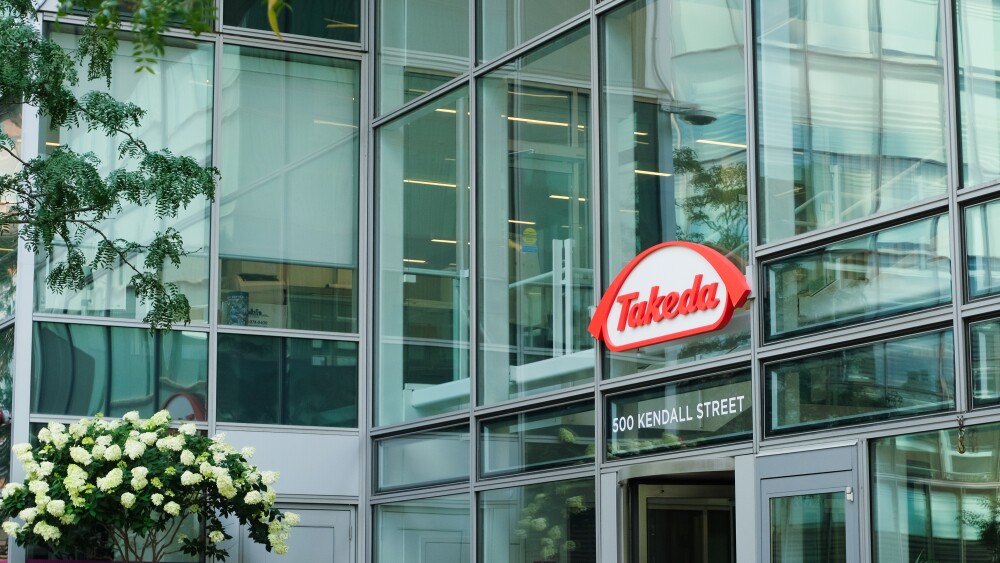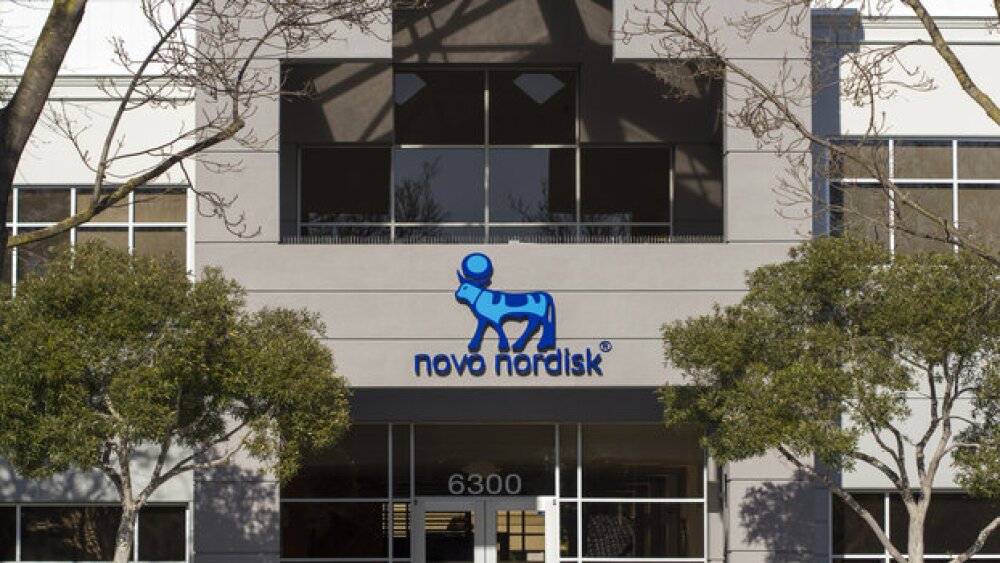A recent study published in the American Journal of Human Genetics found that female scientists asked fewer questions than expected at scientific conferences. It doesn’t appear to have much to do with the percentage of women in the sciences, but something cultural or internal.
In the biomedical sciences, slightly more than 50% of all doctoral degrees granted are to women. But a recent study published in the American Journal of Human Genetics (AJHG) found that female scientists asked fewer questions than expected at scientific conferences. It doesn’t appear to have much to do with the percentage of women in the sciences, but something cultural or internal.
As an article in the Los Angeles Times points out, “if their growing numbers in STEM fields are to translate into meaningful scientific contributions, these women need their voices to be heard—in classrooms, at meetings and on conferences daises.”
The AJHG research pulled together data from several years of genetics conferences. The authors wrote, “We present evidence that external barriers affect the representation of women in STEM. However, differences in question-asking behavior suggest that internal factors also impact women’s participation.”
The authors also believe that more documentation of the gender gap and greater awareness of its existence could help fix the imbalance. And it’s not the only research suggesting that women are underrepresented as speakers in many scientific areas, including microbiology, virology and evolutionary biology.
“We’re missing out,” Francis S. Collins, director of the National Institutes of Health (NIH), told the Los Angeles Times.
In a public statement, Collins wrote, “I want to send a clear message of concern. It is time to end the tradition in science of all-male speaking panels, sometimes wryly referred to as ‘manels.’”
And Collins indicated that conference organizers will have to prove to him that “scientists of all backgrounds” have been considered and invited to present, speak or lead sessions in order to gain his attendance.
In the ASHG study, it was found that about 45% of the approximately 8,000 genetics to belong to ASHG are women and the annual conference presentations show female genetics make significant contributions to the field. And, the study found, in nine of 14 sub-fields of genetics, the percentage of papers presented by women was greater than their overall representation in society.
But the question-and-answer aspect at these meetings was a different story. They found that 65% of the people presenting questions at the ASHG conferences were male—even when the majority of the audience was women.
“When women are 70% of the room, they still asked only about 40% of the questions,” Natalie Telis, who led the study with Emily Glassberg while both were doctoral students at Stanford University.
Tellis told the Stanford News that she began tracking the question issue when she was an undergraduate mathematics student, having noticed the disparity in classrooms. When she joined the genetics laboratory of Jonathan Pritchard at Stanford, Glassberg noticed Telis took on who was asking questions during meetings. They then designed a research study and watched hundreds of hours of videos from three years of genetics meetings. They also crowd-sourced 81 volunteers to collect data at the 2017 ASHG meeting. In total, they pulled data from the ASHG annual meeting from 2015 to 2017 and the Biology of Genomes annual meeting from 2015 to 2018.
Another bit of data they found was that women tended to ask female speakers more questions and men tended to ask questions of male speakers.
“I think there’s an idea that as soon as you reach proportionate ratios then the issues go away,” Telis told the Stanford News. “But no. We found that even when men were 33% of attendees, they asked 55% of the questions.”
Interestingly, at the 2015 Biology of Genomes meeting, Telis conducted an unexpected experiment. She tweeted some of her findings during the meeting—that in an audience that was 35% women they only asked 11% of the questions. The conference attendees and organizers noticed, and the conference organizers implemented a rule that the first question of every session needed to be asked by a trainee, which is a group that tends to be more diverse. Telis says, “The effect was immediate.”
Women began asking more questions. It wasn’t clear if the change was from the rule or from the topic itself—certainly just being away of the disparity would likely cause many more women to ask questions, at least in the short term.
Beryl Cummings, who is represented in the Los Angeles Times article, asked her first question at the 2017 ASHG meeting. At the time she was a doctoral student in computational genomics at Harvard. She is now a post-doctoral fellow at the Broad Institute in Cambridge, Massachusetts.
“People talk about this all the time,” Cummings told the Los Angeles Times. “But this is actually data. And that really speaks to scientists in the language they understand.”





